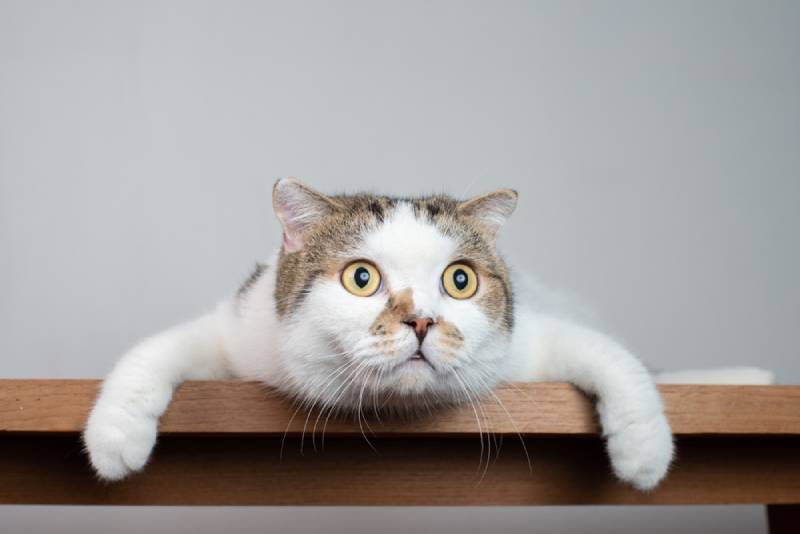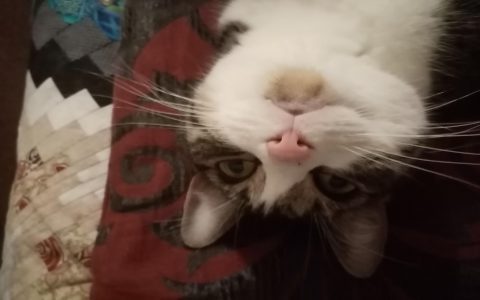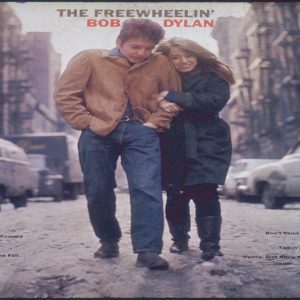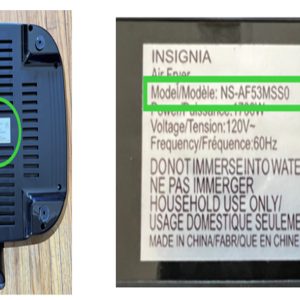Why Cat Expressions Amuse Us
Cats' facial expressions evoke laughter through a blend of evolutionary biology and anthropomorphism. Their limited facial musculature—approximately 32 muscles versus humans' 43—restricts nuanced emoting, causing exaggerated or incongruous displays that appear unexpectedly comical. Ethologically, this stems from cats using expressions for communication, but human interpretation amplifies humor due to our tendency to project human-like traits onto animals.
Common Hilarious Facial Expressions
Feline expressions manifest in predictable scenarios, often linked to environmental stimuli or emotional states. Key examples include:
- Wide-Eyed Stare: Triggered by surprise or curiosity, dilated pupils and raised eyebrows create a "deer-in-headlights" effect during play or novel encounters.
- Slow Blink: Signifying contentment or trust, the deliberate, half-closed eyes appear smug or dismissive, contrasting with cats' typical aloofness.
- Tongue Protrusion (Blep): Often caused by olfactory confusion or relaxation, the unconscious tongue hanging out adds an absurd twist to an otherwise poised demeanor.
- Ears Back and Yawn: Indicating stress or boredom, this combo elongates the face comically, mimicking a human grimace in exaggerated fashion.
The Science Behind the Humor
Neuroscientific research reveals that cat expressions activate human brain regions associated with reward and cuteness perception, such as the nucleus accumbens. This response likely evolved from an innate drive to nurture kitten-like features, where asymmetrical or exaggerated traits amplify endearment. Additionally, the unpredictability of these expressions fosters laughter as a social bonding mechanism, leveraging cats' role as companion animals to reduce human stress.

Observing these expressions safely involves enriching environments to elicit playful behaviors, such as introducing toys or novel scents, ensuring interactions remain positive and stress-free for the cat. This approach underscores how feline behavior studies enrich human-wellbeing through simple, organic humor.












